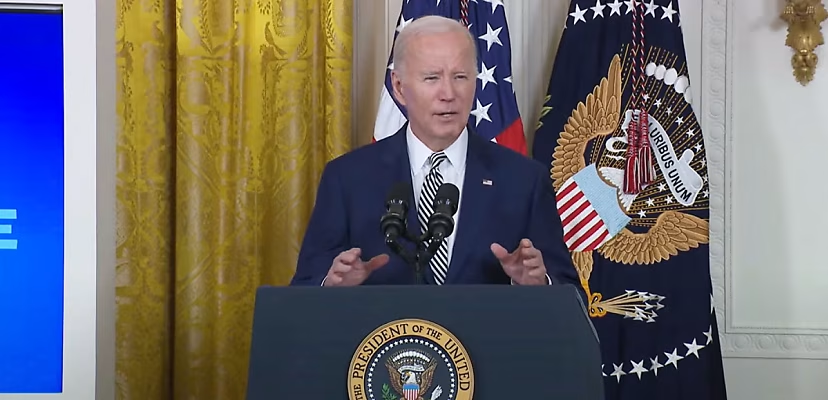
Migrant encounters at the U.S.-Mexico border have dropped to their lowest level in four years,
marking a significant shift in immigration patterns. This decline is attributed to several factors,
including changes in U.S. immigration policies, increased enforcement, and the implementation of
stricter border controls. The Biden administration has introduced measures aimed at managing
migration more effectively, such as expanding legal pathways for asylum seekers and enhancing
cooperation with Central American countries to address root causes of migration.
The decrease in migrant encounters also reflects the impact of the pandemic on global migration
trends, as well as efforts to deter illegal crossings through heightened surveillance and border
security. Additionally, the administration’s focus on addressing humanitarian concerns has led to
more targeted enforcement actions, prioritizing the deportation of individuals with criminal
records over those seeking asylum.
While the drop in encounters is seen as a positive development by some, it has also sparked debate
over the effectiveness and ethics of current immigration policies. Critics argue that while numbers
may be down, the challenges faced by migrants—such as violence, poverty, and climate change—
remain significant, and more comprehensive solutions are needed.
The decrease in migrant encounters is not just a result of U.S. policies but also due to the increased
efforts of Mexican and Central American governments in curbing migration flows. These countries
have implemented stricter measures along their borders, often in coordination with U.S.
authorities, to prevent large groups of migrants from reaching the U.S.
This shift has led to a decrease in the number of unaccompanied minors and families attempting to
cross the border, a demographic that had previously seen a significant increase. The Biden
administration has also expanded the use of technology and data-sharing initiatives with
neighboring countries to better monitor and manage migration.
The situation at the border remains complex, with ongoing challenges including the backlog of
asylum cases, the treatment of migrants in detention centers, and the need for a sustainable, long-
term approach to immigration reform. The current decline in encounters, while notable, is just one
aspect of a broader, multifaceted issue that continues to evolve.
As the U.S. government navigates these challenges, the emphasis is on balancing enforcement with
humanitarian considerations, ensuring that those in genuine need of protection can seek asylum
while maintaining the integrity of the border. The administration’s actions will likely continue to be
scrutinized by both supporters and critics as the immigration debate remains a central issue in U.S. politics.
Overall, the record low in migrant encounters at the border signals a moment of change in U.S.
immigration dynamics, with ongoing discussions about how to best manage and reform the system
to address the underlying causes of migration and meet the needs of both the nation and those
seeking a better life.







